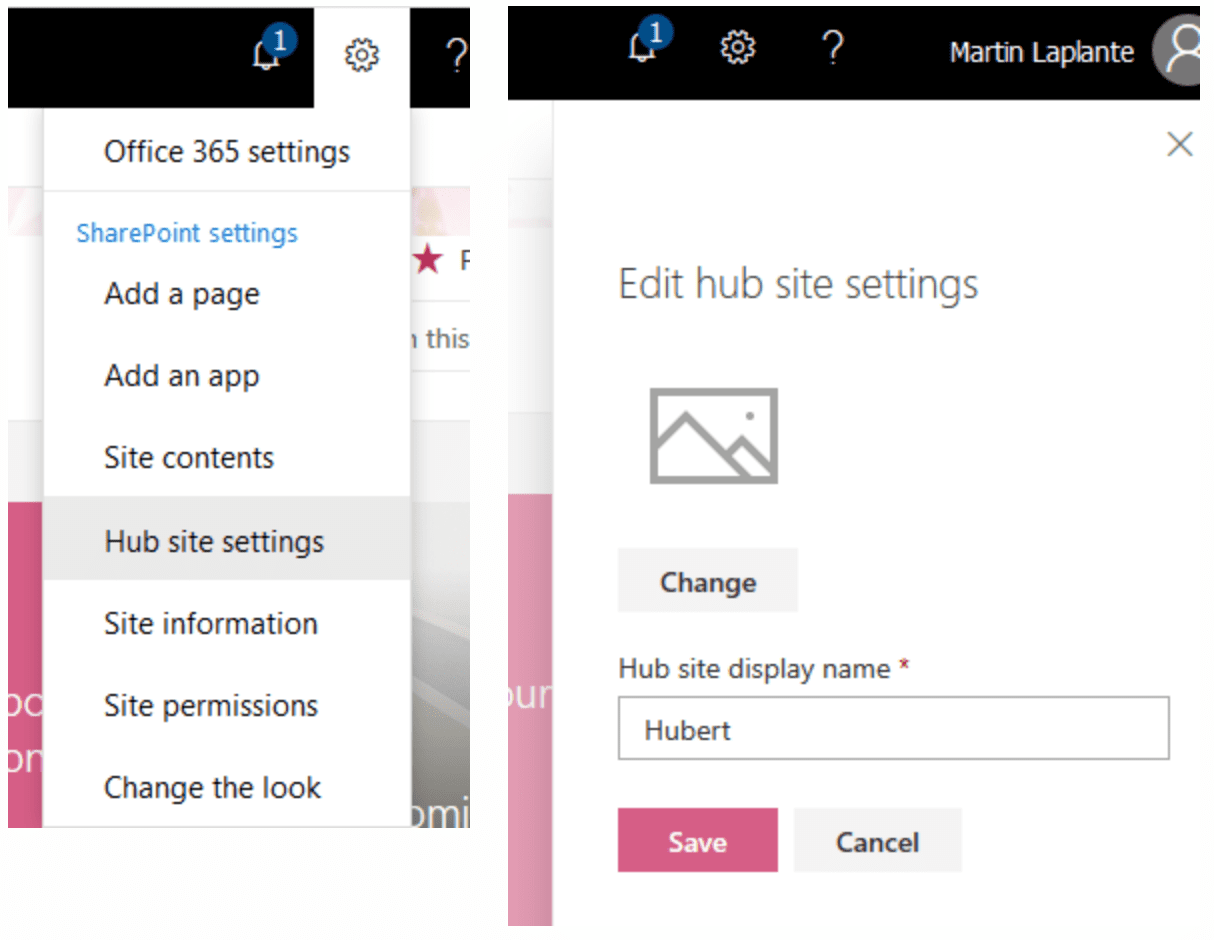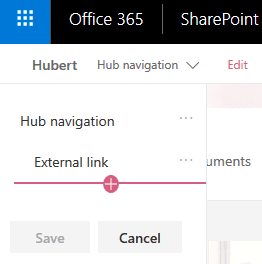Spoiler: they do in part, but very very slowly.
SharePoint Online Targeted Release tenants are starting to get the new Hub Sites that were promised last September.
Hub sites are a way to organize different sites together, without a site hierarchy. Hub sites are just ordinary sites, typically communication sites, that are designated as hubs. You can read about search, rollup and inherited theme elements elsewhere. For the purpose of MUI, what is important is that Hubs have an extra navigation menu, and this navigation menu is inherited by all the sites that are associated with the hub.
Sites that are associated with the Hub, let's call them Spokes, will get this extra navigation menu, but do not have the ability to edit this menu, only the Hub site can edit it.
The Hub navigation menu consists of two parts: the Hub site display name and the navigation links.

The hub site display name defaults to the name of the hub site, but it can be changed by going to the Hub site settings in the gear menu. Now the bad news: the display name does not support MUI. It is invariant.
The navigation links can be edited on the Hub site by clicking on "Edit"

This is a multilevel menu, and is similar to other navigation menus on modern sites. And like other navigation menus, this one is MUI enabled. You can change your language and change the text of the the navigation menu in that language.
However this menu is more aggressively cached than other menus. If you change your language preference, it can be quite a while before you see the correct language version of the hub navigation menu appear on the Hub site itself, and don't expect to see it appear on Spoke sites until the next day.

In fact, in the course of testing this, it fails to load the correct language version of the menu more often than not, even on the next day. I will update this post if I figure out the pattern when it succeeds and when it fails.
